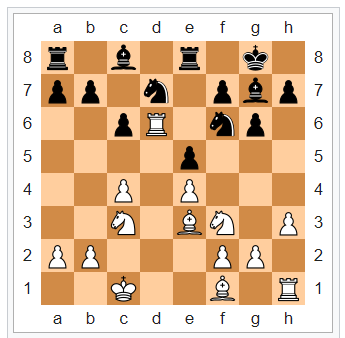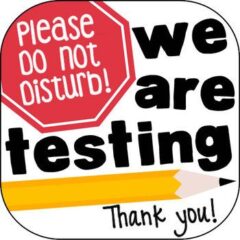The House We’ve Inherited
I am an unapologetic book nerd. Perhaps this is not a surprising trait for an English teacher, but lately, I find myself diving into nonfiction with the same fervor as I would a captivating novel. It just seems there is always more to learn (and unlearn) and my reading list is infinitely growing.
This past month, I had the opportunity to spend four weeks facilitating a small group discussion as a part of CSTP’s WERD book study of Caste: The Origins of Our Discontents by Isabel Wilkerson. I can honestly say that reading this book has forever changed how I view our country’s past, present, and future.
I know I can’t do this incredible book justice, so I won’t even attempt a poor summary here. Instead, I just strongly encourage everyone to read it. Especially educators. The caste system that Wilkerson lays out as the foundational framework of our nation has dire implications for every facet of our systems, including education.
Wilkerson has numerous apt metaphors for caste, but her analogy of America as an inherited old house particularly resonates with me. While it may seem beautiful from the outside, it has deep structural issues worn from generations and it’s maintenance can’t be ignored.
She writes, “Not one of us was here when this house was built. Our immediate ancestors may have had nothing to do with it, but here we are, the current occupants of a property with stress cracks and bowed walls and fissures built up around the foundation. We are the heirs to whatever is right or wrong with it. We did not erect the uneven pillars or joists, but they are ours to deal with now. And, any further deterioration is, in fact, our hands” (Wilkerson 16).
I can’t count the number of times I’ve heard arguments such as “my grandparents didn’t own slaves” or “I’m not a racist, I love all my students,” which both are branches of the same tree. They work to distance the speaker from any accountability, and move them past uncomfortable feelings of shame toward more palatable places of ignorance and inaction.
Continue reading





